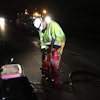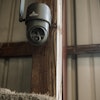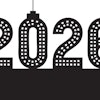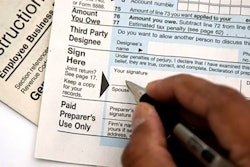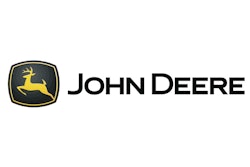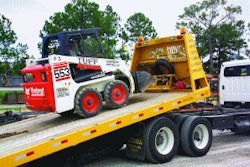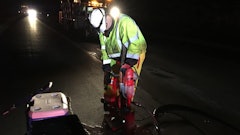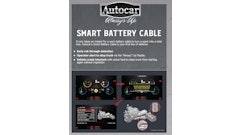
Here we are close to another year-end. Hopefully, most of you have work to carry you through the winter. In the snow-belt states, that is not the story; most contractors you talk to couldn’t say on November 15 that they have work through March 2011.
So it looks like we have two groups of contractors who will have different decisions to make about their equipment fleet and needs. The first group (Group 1) with the adequate backlog may have tax problems to consider; some older equipment that needs replacing to make the operation more efficient; and perhaps plans to add to the construction crew. The second group (Group 2), which lacks the backlog needed to break even, may also have tax problems if equipment was sold off fully depreciated (for tax purposes). In addition, Group 2 may have a hard time meeting the monthly nut, and is probably laying off additional personnel.
Given this scenario, both groups would have tax issues because they sold off units with zero tax basis. In other words, every dollar received for these sales is taxable at ordinary rates. And with equipment pricing being what it is, it is easy to run up a $30,000 to $50,000 tax bill. So, what do you do now?
Determine the best course
Group 1 has more options, but must act quickly to determine the best course of action. It first needs to determine its current tax situation in terms of carryovers from 2009. If there are enough carryovers to cover gains from the equipment sales, this group is in good shape. If there are zero carryovers available, however, that’s another story. Now the group must decide how to rearrange the fleet to mitigate the potential tax bite. There are three options:
1. Replace the sold unit with a new one that is placed in service by December 31, 2010, to get access to the Bonus Depreciation (60% write-off) in 2010.
2. Replace the sold unit with a new or used unit (placed in service) using Section 179 to amortize up to $500,000 in 2010.
3. Use the Sec 1031 Tax Free Exchange to defer the gain on sale to future periods.
There are other options, as well, but in any event, each option should be properly analyzed to meet the compliance requirements of the Small Business Jobs Act.
Group 2 has a tougher road to follow. First of all, this group has limited resources to finance equipment acquisitions and pay for tax planning. But the alternative of paying income taxes in a year when you lost money is just plain nuts. So no matter what, Group 2 needs to determine if it has any carryovers from 2009 tax returns (which does not take much time), and also estimate profitability for tax purposes for 2010 (which could take some time). This group also has three options:
1. Purchase used units in 2010 and use the Section 179 100% write-off.
2. Determine if any of the used sales can be converted to a 1031 transaction.
3. Take all permissible tax losses to offset the tax gains.
The problem in both cases is that any tax balance due for 2010 must be paid in as estimated tax payments in 2011 — in other words, you pay the tax twice in a 12-month period. Group 1 might get away with this, but it would definitely be a big problem for Group 2.
The bottom line here is the need to properly prepare for the year-end for both book and tax purposes. This is especially critical this year when economic conditions forced the sale of used equipment to generate operating cash flow.
Three takeaways
Every year, I promote the Associated Equipment Distributors’ (AED) CFO Conference in Chicago. While targeted to the construction equipment industry, in 2010, we had a few contractor CFOs attend because many of the topics directly relate to both dealers and construction firms.
The CFO Conference is a high-end program with speakers covering various topics over a two-day period. At the end of Day 2, I summarize the activities and ask the participants to list the Three Takeaways from the event. After some discussion, we changed the summary title to “Three Things We All Should Be Doing”. Those cited at this year’s conference were:
1. Take advantage of the 1031 Tax Free Exchanges.
2. Explore the AED’s new health care plan.
3. Form 20 Groups (peer groups established to share ideas and offer benchmarking opportunities) to improve operating results.
See what I mean about extending our program materials to include contractors? The 1031 transactions can be used by both dealers and contractors and are a great way to manage your tax burden and cash flow. In terms of health care, who isn’t dealing with excessive renewal premiums? Contractors should be aware that there are cost-effective alternatives available other than group insurance. And 20 Groups are a great way to understand your business, as well as learn how to improve operating results and cash flow by comparing your operation against other contractors in your field of expertise. You would be amazed how well this works.
Know what? Maybe you should join us at our next round of CFO Conferences. You can find more information under the Events heading at www.aednet.org.

